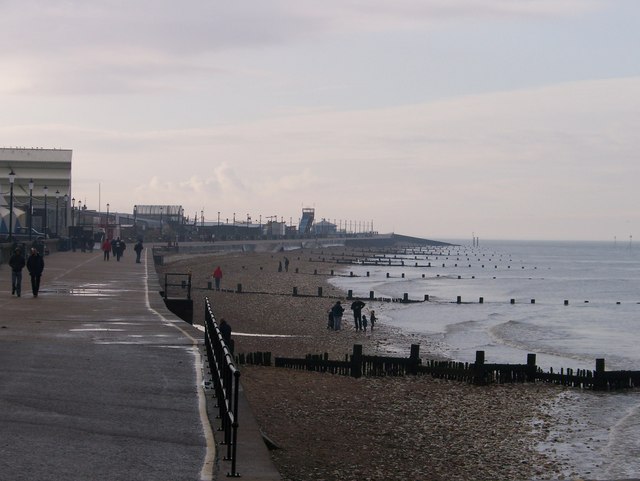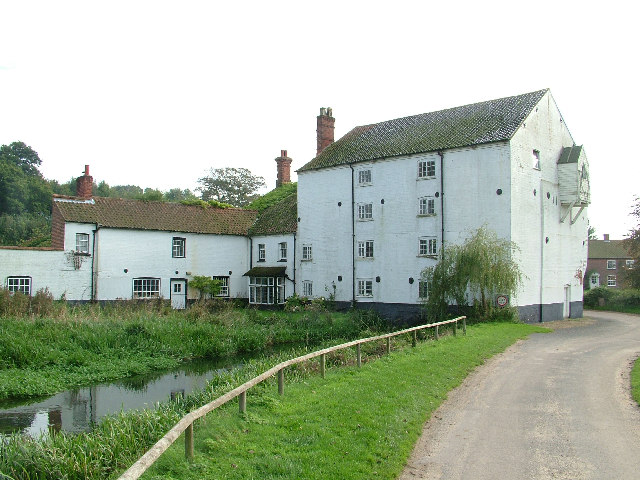|
Coxford, Norfolk
Coxford is a village in the English county of Norfolk. The village is on the south side of the A 148 King's Lynn to Cromer road. The River Tat, which is a tributary of the River Wensum The River Wensum is a chalk river in Norfolk, England and a tributary of the River Yare, despite being the larger of the two rivers. The river is a biological Site of Special Scientific Interest and Special Area of Conservation. The Wensum is ..., runs through the village. Close to the village are the grade II* listed remains of the Augustinian St Mary's Priory. References External links Villages in Norfolk King's Lynn and West Norfolk {{Norfolk-geo-stub ... [...More Info...] [...Related Items...] OR: [Wikipedia] [Google] [Baidu] |
King's Lynn And West Norfolk
King's Lynn and West Norfolk is a local government district with borough status in Norfolk, England. Its council is based in the town of King's Lynn. The population of the Local Authority at the 2011 Census was 147,451. History The district was formed in 1974 by the merger of the Municipal Borough of King's Lynn, Hunstanton and Downham Market urban districts along with Docking Rural District, Downham Rural District, Freebridge Lynn Rural District and Marshland Rural District. The district was originally known as just West Norfolk, and adopted its present name in 1981. Politics Elections to the borough council are held every four years, with all of the 55 councillors, representing 42 wards, on the council being elected at each election. After being under no overall control from the 1999 election, the Conservative party gained a majority at the 2003 election and has held one ever since, although losing a large number of seats due to the resurgence of the Independent Group ... [...More Info...] [...Related Items...] OR: [Wikipedia] [Google] [Baidu] |
Norfolk
Norfolk () is a ceremonial and non-metropolitan county in East Anglia in England. It borders Lincolnshire to the north-west, Cambridgeshire to the west and south-west, and Suffolk to the south. Its northern and eastern boundaries are the North Sea, with The Wash to the north-west. The county town is the city of Norwich. With an area of and a population of 859,400, Norfolk is a largely rural county with a population density of 401 per square mile (155 per km2). Of the county's population, 40% live in four major built up areas: Norwich (213,000), Great Yarmouth (63,000), King's Lynn (46,000) and Thetford (25,000). The Broads is a network of rivers and lakes in the east of the county, extending south into Suffolk. The area is protected by the Broads Authority and has similar status to a national park. History The area that was to become Norfolk was settled in pre-Roman times, (there were Palaeolithic settlers as early as 950,000 years ago) with camps along the highe ... [...More Info...] [...Related Items...] OR: [Wikipedia] [Google] [Baidu] |
England
England is a country that is part of the United Kingdom. It shares land borders with Wales to its west and Scotland to its north. The Irish Sea lies northwest and the Celtic Sea to the southwest. It is separated from continental Europe by the North Sea to the east and the English Channel to the south. The country covers five-eighths of the island of Great Britain, which lies in the North Atlantic, and includes over 100 smaller islands, such as the Isles of Scilly and the Isle of Wight. The area now called England was first inhabited by modern humans during the Upper Paleolithic period, but takes its name from the Angles, a Germanic tribe deriving its name from the Anglia peninsula, who settled during the 5th and 6th centuries. England became a unified state in the 10th century and has had a significant cultural and legal impact on the wider world since the Age of Discovery, which began during the 15th century. The English language, the Anglican Church, and Engli ... [...More Info...] [...Related Items...] OR: [Wikipedia] [Google] [Baidu] |
County
A county is a geographic region of a country used for administrative or other purposesChambers Dictionary, L. Brookes (ed.), 2005, Chambers Harrap Publishers Ltd, Edinburgh in certain modern nations. The term is derived from the Old French denoting a jurisdiction under the sovereignty of a count (earl) or a viscount.The Oxford Dictionary of English Etymology, C. W. Onions (Ed.), 1966, Oxford University Press Literal equivalents in other languages, derived from the equivalent of "count", are now seldom used officially, including , , , , , , , and ''zhupa'' in Slavic languages; terms equivalent to commune/community are now often instead used. When the Normans conquered England, they brought the term with them. The Saxons had already established the districts that became the historic counties of England, calling them shires;Vision of Britai– Type details for ancient county. Retrieved 31 March 2012 many county names derive from the name of the county town (county seat) with t ... [...More Info...] [...Related Items...] OR: [Wikipedia] [Google] [Baidu] |
A148 Road
The A148 is an English A road entirely in the county of Norfolk. It runs from King's Lynn to Cromer via Fakenham, which it bypasses to the north. Route King’s Lynn starting point Starting at the western end, A148 starts as an exit from a roundabout on the A47. It runs in a northerly direction, as Saddlebow Road, through the King’s Lynn suburb of South Lynn. In just over Saddlebow Road becomes Wisbech Road and crosses the River Nar. The road now joins a roundabout at the bottom end of King's Lynn. At this roundabout the A149, Hardwick Road, runs of to the right whilst the B1144 is straight across the island and runs around the eastern skirt of the town. The A148 turns right and northward and is now called London Road. The road soon passes under the South Gate of what were once the town's defences. This gateway was built during the Reign of Edward III. It is brick built with stone surrounds to the arches. The gate only straddles the northbound carriage way and was resto ... [...More Info...] [...Related Items...] OR: [Wikipedia] [Google] [Baidu] |
River Tat
The River Tat is a short river in the County of Norfolk, England. It is an important headwater for the River Wensum of which it is a tributary. Its source is on Syderstone Common, just north of the village of Tattersett. The marshes and pools of Syderstone Common that provide the headwaters for the river are a site of special scientific interest (SSSI) and are the home of a viable colony of the rare Natterjack Toad The natterjack toad (''Epidalea calamita'') is a toad native to sandy and heathland areas of Europe. Adults are 60–70 mm in length, and are distinguished from common toads by a yellow line down the middle of the back and parallel paratoid .... References Tat {{England-river-stub ... [...More Info...] [...Related Items...] OR: [Wikipedia] [Google] [Baidu] |
River Wensum
The River Wensum is a chalk river in Norfolk, England and a tributary of the River Yare, despite being the larger of the two rivers. The river is a biological Site of Special Scientific Interest and Special Area of Conservation. The Wensum is the principal river on which the city of Norwich was founded. The river passes Carrow Road, the home of Norwich City F.C.; one end of the ground was originally named ''The River End'' in its honour, a name that still persists among fans. Etymology The river receives its name from the Old English adjective ''wandsum'' or ''wendsum'', meaning "winding". Course Modern Ordnance Survey Maps list the source of the Wensum as lying between the villages of Colkirk and Whissonsett in northwest Norfolk. The reasoning behind this claim is unknown given that other tributaries are further from the mouth; pre-modern maps and other written sources refer to the source to be in West Rudham from springs arising on the aptly named Wensum Farm. From t ... [...More Info...] [...Related Items...] OR: [Wikipedia] [Google] [Baidu] |
Coxford Priory
Coxford Priory or Broomsthorpe Priory was a monastic house in Norfolk, England. An Augustinian Canons Regular establishment, initially founded around 1140 at the church of St Mary, East Rudham by William Cheney, the community was transferred to a new site at Coxford ''c.''1216. The building there was constructed of flint with stone dressings and is now a grade II* listed ruin. The priory was dissolved in 1536. See also *List of monastic houses in Norfolk *List of monastic houses in England Monastic houses in England include abbeys, priories and friaries, among other monastic religious houses. The sites are listed by modern ( post-1974) county. Overview The list is presented in alphabetical order ceremonial county. Foundations ... References Monasteries in Norfolk Augustinian monasteries in England 1140s establishments in England Christian monasteries established in the 12th century 1536 disestablishments in England Grade II* listed buildings in Norfolk Gra ... [...More Info...] [...Related Items...] OR: [Wikipedia] [Google] [Baidu] |
Villages In Norfolk
A village is a clustered human settlement or community, larger than a hamlet but smaller than a town (although the word is often used to describe both hamlets and smaller towns), with a population typically ranging from a few hundred to a few thousand. Though villages are often located in rural areas, the term urban village is also applied to certain urban neighborhoods. Villages are normally permanent, with fixed dwellings; however, transient villages can occur. Further, the dwellings of a village are fairly close to one another, not scattered broadly over the landscape, as a dispersed settlement. In the past, villages were a usual form of community for societies that practice subsistence agriculture, and also for some non-agricultural societies. In Great Britain, a hamlet earned the right to be called a village when it built a church. [...More Info...] [...Related Items...] OR: [Wikipedia] [Google] [Baidu] |





